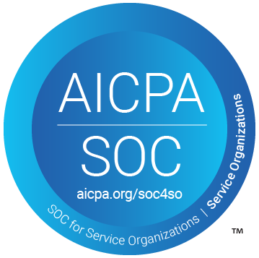Okay, that might sound like a grand statement, but the types of technology involved in low code and no code marketing are irreversibly changing the industry for the better, and making your job a heck of a lot easier.
What is low/no code marketing, anyway?
Essentially, as marketing technology has evolved and new third-party platforms are being built to tend to marketers’ evolving needs, marketers are able to solve problems themselves without constantly going to developers when they need something changed. When a last minute revision to an email template needs to happen just before sending, marketers don’t have time to go in and redo the code (or, as is more likely, ask developers to drop everything they’re working on to go in and fix the issue as soon as possible).
Enter low code and no code solutions. The term “low code” was first used in 2014 to describe tech platforms that were created to let people build websites and apps quickly, without hand coding the whole thing. The concept has grown in popularity and use cases since then, and is predicted to be a huge driver of growth in the industry over the next decade.
The difference between low and no code
While the two terms are often lumped together because they represent a similar trend and idea, there’s an important distinction to be made between low code and no code marketing. The difference essentially comes down to how much technical ability the user has to have in order to effectively use the platform.
No code platforms require no technical development knowledge, and allow users to drag and resize images, change color schemes, and customize templates without any hand coding at all. A popular example of this is Squarespace, which lets anyone create a visually appealing website with no coding knowledge at all. Naturally, this means that no code platforms are limited, but widely accessible.
Low code, on the other hand, refers to platforms that are often used by designers and developers who do feel comfortable coding to help expedite their workflow. Low code platforms allow a company’s developers to personalize certain functions of the site or app while still working under a platform that’s largely designed already, so they’re not starting entirely from scratch.
The benefit to both of these platforms, and the larger trend that the marketing industry is seeing, is that companies are leaning towards software that allows their team to build and edit what they need to without the cost, risks, and time commitment of building software from scratch. Third party-platforms like stensul allow marketers to be a lot more self-sufficient, and to communicate more clearly and easily with design when they do need more code written.
As Scott Brinker told us in a recent conversation, “The degree to which you find a way to strike that balance of the self-service flexibility, but then that sort of governance control in [your domain]…make sure it’s good for people.” In other words, strike that delicate balance between what your organization needs, which tech platforms can provide it, and how much control your marketers will need to have over the platform capabilities.
We’re excited to be on the forefront of this expanding trend. To learn how stensul can specifically help your team become self-serve marketers and produce great looking emails more quickly without needing developers to hand code them, schedule a demo with us.




